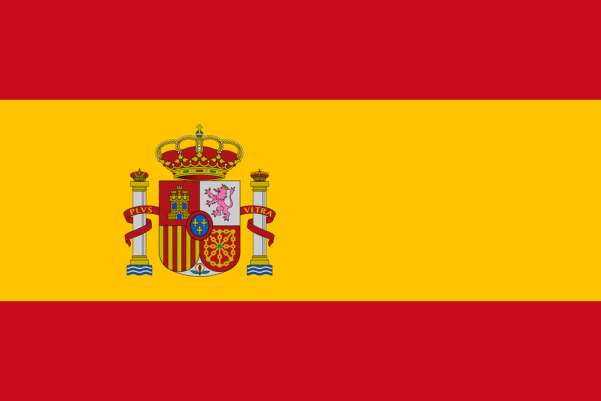Dances and Rhythms of the North
North Brazil is a cultural treasure chest. One of the enriching aspects is the presence of genuine natives: indigenous peoples. Their tribal culture is remarkably ritualistic, and pays particular homage to both the mystic and the divine. Their lives are often governed by the elements, and other sanctities of nature. Besides the natives, people of African decent also have a strong influence in the region. Their dances, propelled by the sturdy beat of their drums, quickly annul any fears of endangered heritage or tradition in Brazil, but rather evoke a new energy and verve to African tribal dances.
It is from this fusion of two distinctly different peoples that several unique dances have been created. Here are a few of the more notable ones:
Boi-Bumbá is one of the oldest forms of popular cultural celebration. It was introduced by early European settlers, and is arguably the earliest expression of Brazilian theatre.
The Festival of Parintins is perhaps the principal vehicle for promoting the cultural curiosity that is the Boi-Bumbá, since 1913. It is ultimately a theatrical performance, played out by two teams, based on a story about a mythical Boi. They are three nights of presentation in the Bumbódromo led by a master of ceremonies, a bellowing voice that is charged with describing the action and inviting spectators to join in. The audience is split in half, with backers of the different teams relegated to opposing sides of the stadium. “Boi Garantido” fans wear red, “Caprichoso” fans blue. The teams are judged across a range of criteria, including rhythm, dramatisation, choreography, dancing and artistic performance, and also the support of the crowd. The whole event celebrates regional legends, indigenous rituals and customs. Every year, approximately 35,000 congregate to celebrate this cultural event in Parintins.
Batuque
It originates from Candomblé, an African religion, and was introduced to Amazonia during colonial times. Batuque was the name the Portuguese gave to any African or drum-led dance, irrespective of religious connotation. In Pará, Amapá and Amazonas, it also refers to certain Afro-Brazilian cults. In Amapá, the batuque assumes mixed rituals, practiced in the community of Curiaú and others similar settlements.
Bangüê or Dança dos Engenhos
Created by the African slaves that inhabited the Island of Marajó and the city of Cametá, this folkloric dance first appeared in the sugar mills, known as banguê in African dialect. The exaggerated movements of the dance are supposed to represent the ripples that appear on the foamy surface of the sugar cane mixture during the distillation process.
Camaleão (Chameleon)
A dance consisting of distinct steps, called journeys, which are performed in couples. There are two rows of men and women that perform a sequence of several steps in unison. Clothes are also important; the men wear a waistcoat, long stockings, a tie and black shoes. For women, the dress code includes long skirts, white socks, shoes and loose sweaters. A guitar, a cavaquinho and a fiddle play the music.
Carimbó
The name is of indigenous origin: “Curi” means hollow stick and “M’bó” means pierced. Men should wear fisherman-style short pants and a printed shirt. The women wear a circular skirt with prints, a blouse, necklaces and flowers in their hair.
The men clap their hands and this serves as a sign to the women that they’re being summoned to join in. In the circular motion, the women hoist their skirts into the air in an attempt to hit their partner on the head with it. This act is designed to humiliate the man, so that he leaves the dance. One of the most significant moments occurs when each couple goes to the centre of the dance and the man is charged with picking up a handkerchief, which was thrown to the ground by his partner, using only his mouth. If he is successful he is applauded, but if he fails then the woman thrusts her skirt in his face, which denotes that he should leave the dance.
Lundu Marajoara
Another dance of African ancestry, but one of a particularly sensual nature. The dance is intended to be a precursor to sexual congress between a man and a woman. First, there is a show of denial, but eventually she accepts his advances. Lundu Marajoara portrays the carnal act with the umbigada step, when the most sensual moves of the dance take place. Women wear coloured skirts and lacy sweaters. Men wear trousers, preferably white. This dance is carried by the sound of a banjo, a cavaquinho and a clarinet.
Marujada
The dance is a tribute to Saint Benedict and only takes place on three notable occasions: Christmas, Saint Benedict’s day and 1 January. Dancers, of both sexes, are known as sailors. They dance around the city, gesturing as if they were boats on the open water. The women lead the dance, whilst the men play accompanying musical instruments, such as a drum or violin.
Pretinha d’Angola
Slaves that settled along the Tapajós River, and in Santarém brought the dance to Brazil from Angola. African slaves practiced this dance when they and their descendants gathered in the town’s main square, in front of the church. In general, the formation of the dance is circular and is performed exclusively by women.

















